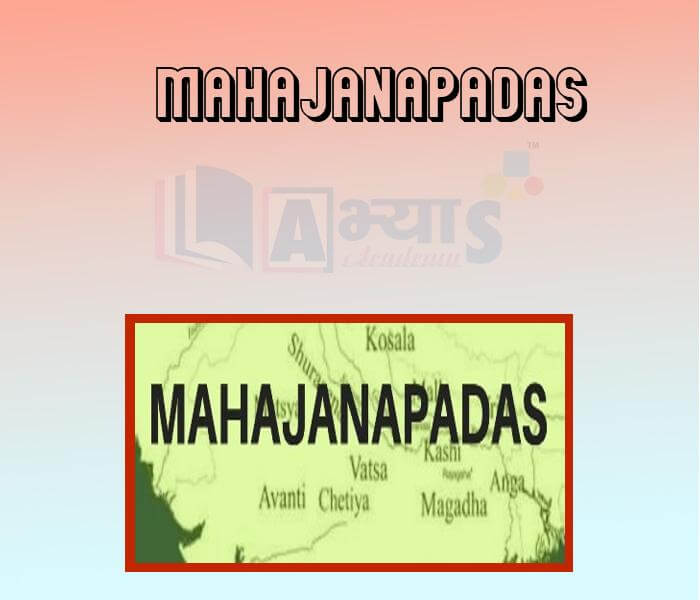Mahajanapadas












Mahajanapadas
Mahajanapadas: About 2500 years ago, some Janapadas became more important than others, and were known as mahajanapadas. A mahajanapadas was usually ruled from its capital city.There was intense rivalry among the Mahajanapads,resulting in frequent wars. Huge walls made of mud, stone, wood or bricks were used to fortify these capital cities. Most mahajanapadas had a capital city, many of these were fortified. This means that huge walls of wood, brick or store were built around them.
Forts were probably built because people were afraid of attacks from other kings and needed protection. It is also likely that some rulers wanted to show how rich and powerful they were by building really large, tall and impressive walls around their cities. Also in this way, the land and the people living inside the fortified area could be controlled more easily by the king.
The new rajas now began maintaining armies; soldiers were paid regular salaries and maintained by the king throughout the year. Some payments were probably made using punch marked coins
According to the Buddhist texts Anguttara Nikaya and Digha Nikaya, by around 600 BC, there 16 mahajanapadas. Of these, Magadh emerged the most powerful of all. The other powerful mahajanapadas were Avanti. Vatsa and Kosala.
These were the following domestic conditions in the Mahajanapadas:
By 600 BC, _______________ was an important towns developed in India. | |||
| Right Option : C | |||
| View Explanation | |||
Which of the following cities/regions were not mahajanapadas ?
| |||
| Right Option : B | |||
| View Explanation | |||
Students / Parents Reviews [10]
My experience with Abhyas academy is very good. I did not think that my every subject coming here will be so strong. The main thing is that the online tests had made me learn here more things.

Hiya Gupta
8thMy experience with Abhyas is very good. I have learnt many things here like vedic maths and reasoning also. Teachers here first take our doubts and then there are assignments to verify our weak points.

Shivam Rana
7thBeing a parent, I saw my daughter improvement in her studies by seeing a good result in all day to day compititive exam TMO, NSO, IEO etc and as well as studies. I have got a fruitful result from my daughter.

Prisha Gupta
8thOne of the best institutes to develope a child interest in studies.Provides SST and English knowledge also unlike other institutes. Teachers are co operative and friendly online tests andPPT develope practical knowledge also.

Aman Kumar Shrivastava
10thMy experience was very good with Abhyas academy. I am studying here from 6th class and I am satisfied by its results in my life. I improved a lot here ahead of school syllabus.

Ayan Ghosh
8thAbhyas Methodology is very good. It is based on according to student and each child manages accordingly to its properly. Methodology has improved the abilities of students to shine them in future.

Manish Kumar
10thIt has a great methodology. Students here can get analysis to their test quickly.We can learn easily through PPTs and the testing methods are good. We know that where we have to practice

Barkha Arora
10thIt was a good experience with Abhyas Academy. I even faced problems in starting but slowly and steadily overcomed. Especially reasoning classes helped me a lot.

Cheshta
10thAbhyas is a complete education Institute. Here extreme care is taken by teacher with the help of regular exam. Extra classes also conducted by the institute, if the student is weak.

Om Umang
10thIt was good as the experience because as we had come here we had been improved in a such envirnment created here.Extra is taught which is beneficial for future.
